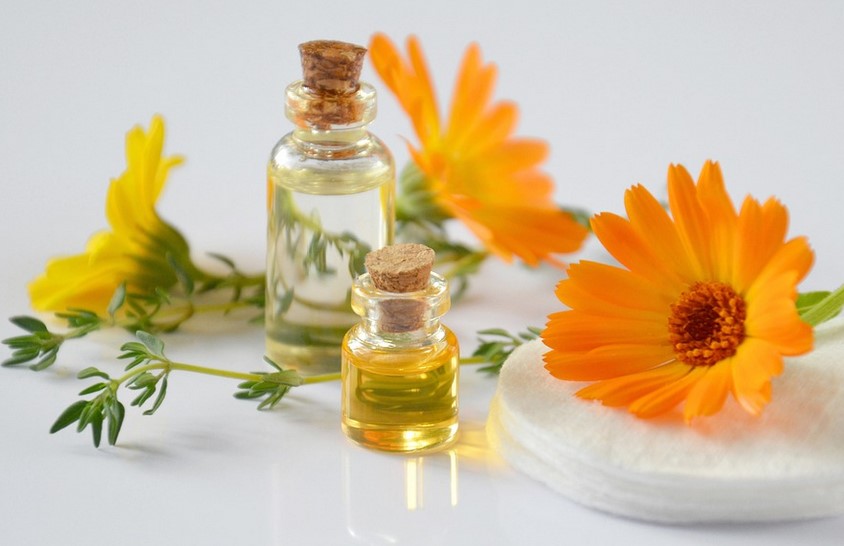The Science Behind Soap and Water
Have you ever wondered how soap works to clean our hands and surfaces? When we use soap and water to wash our hands, the soap molecules interact with the water molecules in a way that allows for the removal of dirt, oils, and bacteria. The interaction between soap and water is based on the unique properties of water, including the presence of hydrogen bonds.
What Are Hydrogen Bonds?
Hydrogen bonds are a type of chemical bond that forms between a hydrogen atom in one molecule and a more electronegative atom in another molecule. In water, hydrogen bonds form between the hydrogen atoms and oxygen atoms in neighboring water molecules. These bonds are responsible for many of water’s unique properties, such as its high surface tension and its ability to dissolve many different substances.
How Does Soap Affect Hydrogen Bonds?
Soap molecules have a hydrophilic (water-loving) head and a hydrophobic (water-fearing) tail. When soap is added to water, the hydrophilic heads of the soap molecules interact with the water molecules, while the hydrophobic tails are repelled by the water. This creates a unique structure called a micelle, which is made up of many soap molecules clustered together. The presence of soap in water affects the hydrogen bonds between water molecules in a few different ways. First, the soap molecules can disrupt the hydrogen bonds between water molecules by inserting themselves between the water molecules. This can make the water less cohesive and more easily able to remove dirt and oils.
The Benefits of Using Soap
The use of soap and water is an effective way to clean our hands and surfaces, and it is especially important for preventing the spread of germs and illness. Soap is able to remove dirt and oils from our skin and surfaces, while also disrupting the hydrogen bonds between water molecules to more effectively remove bacteria and viruses.
Choosing the Right Soap
When choosing a soap to use for cleaning, it is important to consider the ingredients and the intended use. Some soaps may contain harsh chemicals or fragrances that can irritate the skin, while others may be more gentle and moisturizing. Additionally, certain soaps may be more effective for removing certain types of dirt or bacteria, so it is important to choose the right soap for the task at hand.
Proper Handwashing Techniques
To effectively clean our hands with soap and water, it is important to follow proper handwashing techniques. This includes wetting our hands with clean water, applying soap, lathering for at least 20 seconds, rinsing thoroughly with clean water, and drying our hands with a clean towel or air dryer.
Conclusion
Soap is a powerful tool for cleaning our hands and surfaces, and its effectiveness is based on the unique interaction between soap and water molecules. By disrupting the hydrogen bonds between water molecules and creating micelles, soap is able to remove dirt, oils, and bacteria more effectively. By choosing the right soap and following proper handwashing techniques, we can help prevent the spread of germs and illness and promote good hygiene practices.

